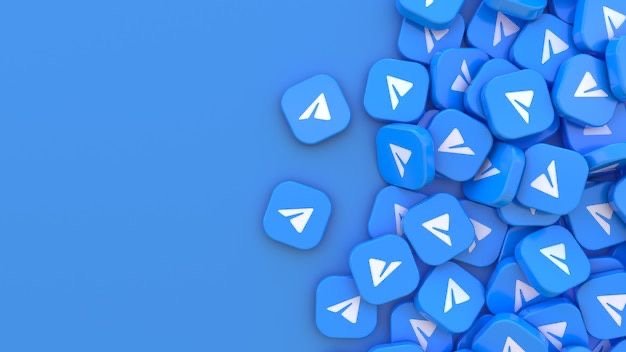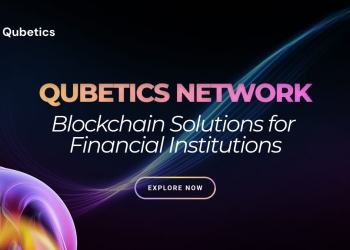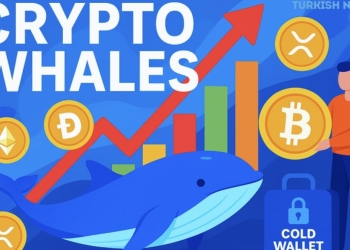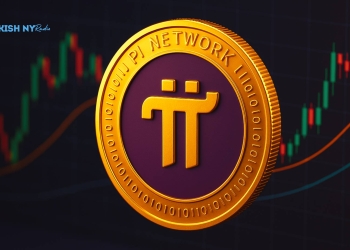Telegram founder Pavel Durov recently unveiled an initiative aimed at familiarizing “hundreds of millions of people” with blockchain technology through the popular messaging app.
This ambitious plan, set to roll out by the end of July, centers on the launch of a Mini Apps store and an in-app browser with Web3 support, marking a significant step forward in the Telegram Web3 integration. With this move, Telegram aims to revolutionize how users interact with blockchain, bringing Web3 technologies into the mainstream.
How Telegram Plans to Make ‘Hundreds of Million’ Familiar With Blockchain
The cornerstone of Durov’s strategy lies in the Telegram Mini Apps (TMAs), which are lightweight, JavaScript-based services embedded within the Telegram application. TMAs have seen a surge in popularity, with over 500 million users interacting with these apps monthly to purchase products, access services, and play games. The integration of TMAs with the TON blockchain has led to a boom in crypto-based games, contributing significantly to the Telegram Web3 integration effort.
One notable success story is the Notcoin tap-to-earn game, which has captivated users and demonstrated the potential of blockchain games. Building on this success, Durov praised another tap-to-earn game, Hamster Kombat, which onboarded 239 million users in just three months, averaging 4-5 million daily. Durov’s vision is clear: to “keep the fire going” and make Telegram the “epicenter of blockchain’s societal transformation.” As Durov stated, “2024 will go down in history as the year when hundreds of millions of people became familiar with blockchain. We’re proud that Telegram is at the epicenter of this societal transformation.”
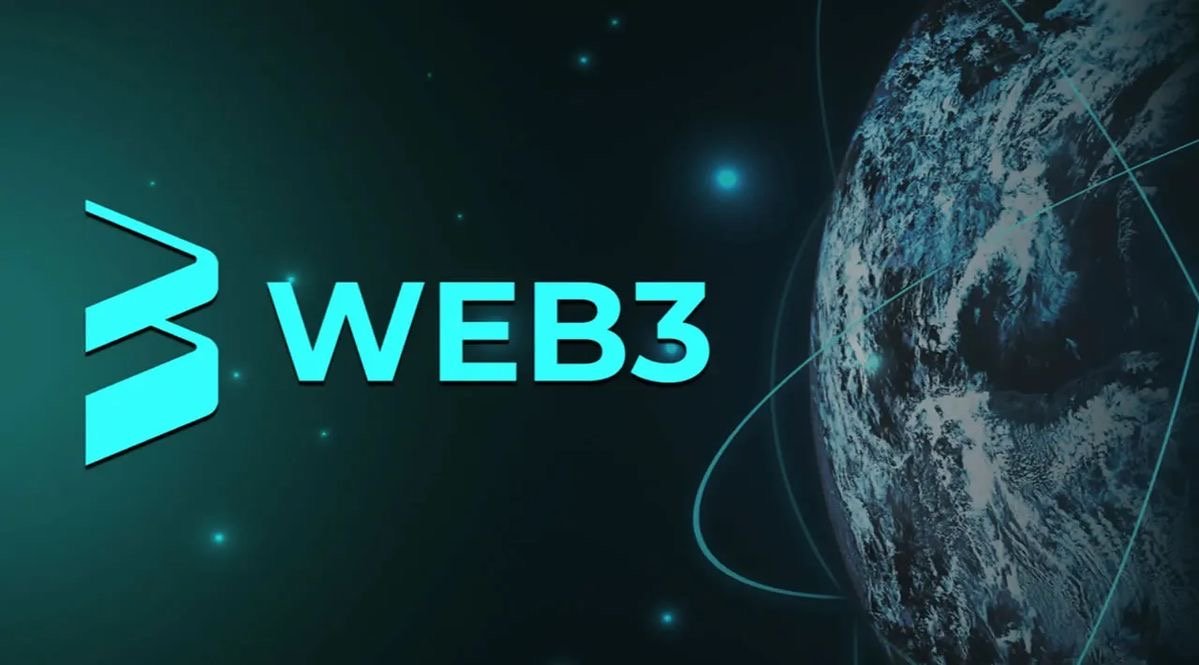
Despite the enthusiasm, not everyone is convinced. A crypto enthusiast known as Woody Lightyear expressed skepticism on social media platform X, suggesting that the tap-to-earn trend might be another passing hype. “This culture of telegram mini app gaming is a beautiful thing with great potential, but I am yet to see a team, or project, that’s acknowledging its current limitations and strategically building against the limitations,” Lightyear commented.
Addressing Security Concerns in Telegram Web3 Integration
Security is a major concern as the Telegram Web3 integration progresses. With the rising popularity of Web3 technologies, there is an increased risk of malicious activities targeting users. Recently, Web3 security platform Slow Mist reported a surge in phishing activities aimed at TON blockchain network users. In response, Durov announced measures to enhance security and trust within the Telegram ecosystem.
Public user accounts will now display the month and country of registration, similar to Instagram. Additionally, Mini Apps will be able to issue labels for channels, creating a decentralized marketplace for third-party verification. Durov elaborated, “Soon, Telegram will begin displaying the month of registration and principal country for public accounts. We will also allow organizations to use their mini apps to issue labels for channels, creating a decentralized marketplace for third-party verification.”
Market experts believe that the Telegram Web3 integration will significantly boost the adoption of Web3 technologies by making them accessible to millions of users accustomed to Web2 applications. By integrating blockchain functionalities directly into the messaging app, Telegram bridges the gap between Web2 and Web3, offering users a seamless transition into the new technological era.

This initiative is timely, as interest in cryptocurrencies and blockchain technologies continues to grow. The introduction of the Ethereum Spot ETF and the increasing popularity of Bitcoin (BTC) and Ethereum (ETH) further highlight the potential for widespread blockchain adoption. By leveraging its massive user base and integrating Web3 capabilities, Telegram positions itself at the forefront of this digital revolution.
Conclusion
The Telegram Web3 integration, spearheaded by Pavel Durov, represents a bold step towards making blockchain technology accessible to the masses. With the launch of the Mini Apps store and an in-app browser with Web3 support, Telegram is set to become a pivotal player in the blockchain ecosystem. As Durov aptly put it, “2024 will go down in history as the year when hundreds of millions of people became familiar with blockchain.” This initiative not only underscores Telegram’s commitment to innovation but also its role in driving the societal transformation towards a decentralized future.
In the rapidly evolving world of blockchain and cryptocurrencies, the Telegram Web3 integration stands out as a beacon of progress, bridging the gap between traditional Web2 applications and the promising realm of Web3 technologies. Stay connected with TurkishNY Radio updates on this transformative journey.
























































































![BitTorrent [New]](https://s2.coinmarketcap.com/static/img/coins/64x64/16086.png)











